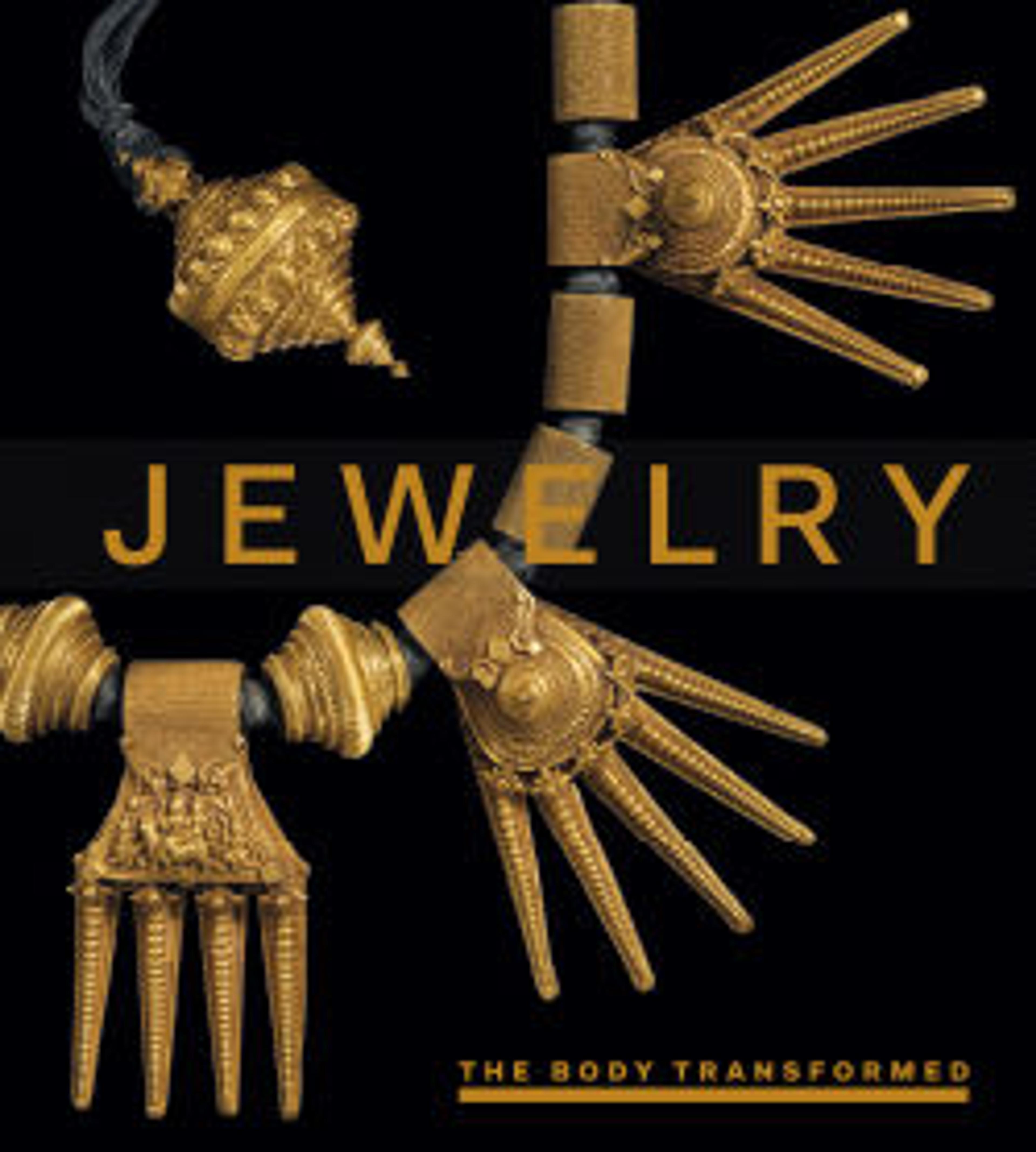Corsage Piece
Diamonds had become so fashionable by the last quarter of the nineteenth century that their presence in American society was being noted in the daily press. On April 7, 1889, the New York Sun announced "Diamonds flash from the buttons of a baby's layette, gleam on the dimpled hands of the tiniest child, sparkle on the young girl's fingers, and blaze from the neck and ears and wrists of the society belle…." With the discovery in 1869 of rich diamond fields in South Africa, Americans gained a new and more abundant source for the sparkling gems, which had previously come from India or Brazil. Coinciding with greater availability was the invention of new faceting techniques that sped production as well as enhancing the stone's brilliance. Circular collet settings with foil and metal backings were replaced by more open settings that allowed light to shine through. A particularly American fashion was the corsage piece, a garland of diamonds that was worn on the bodice or waist of a dress. The present example, set with 305 diamonds, was made as a flexible cascade of flowers graduated in size. Its owner, Susan Dwight Bliss (d. 1966), donated a handsome collection of diamond jewelry to the Metropolitan Museum in the 1940s and '50s.
Artwork Details
- Title:Corsage Piece
- Maker:Tiffany & Co. (1837–present)
- Date:1880–95
- Geography:Made in New York, New York, United States
- Culture:American
- Medium:Silver, gold, diamonds
- Dimensions:1 3/16 x 6 1/4 in. (3 x 15.9 cm)
- Credit Line:Gift of Susan Dwight Bliss, 1941
- Object Number:41.84.20a–f
- Curatorial Department: The American Wing
More Artwork
Research Resources
The Met provides unparalleled resources for research and welcomes an international community of students and scholars. The Met's Open Access API is where creators and researchers can connect to the The Met collection. Open Access data and public domain images are available for unrestricted commercial and noncommercial use without permission or fee.
To request images under copyright and other restrictions, please use this Image Request form.
Feedback
We continue to research and examine historical and cultural context for objects in The Met collection. If you have comments or questions about this object record, please contact us using the form below. The Museum looks forward to receiving your comments.
